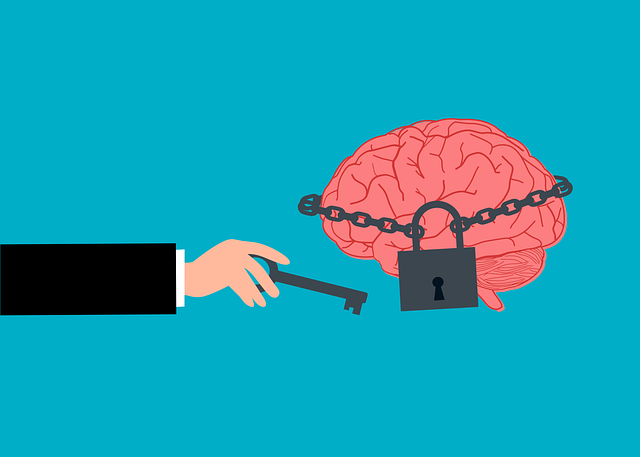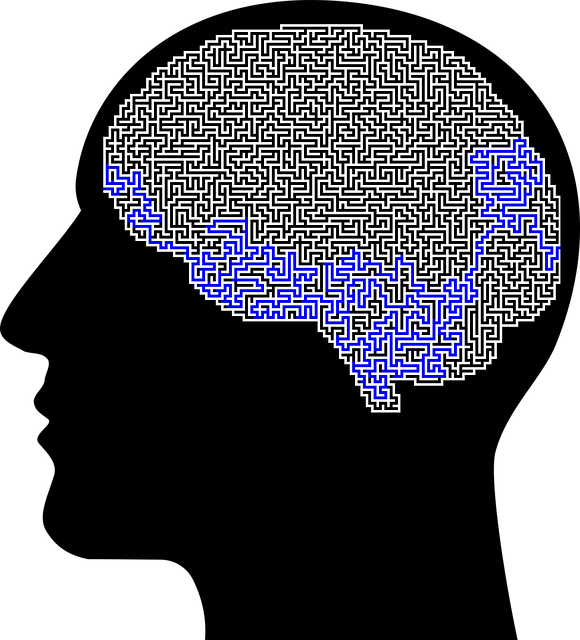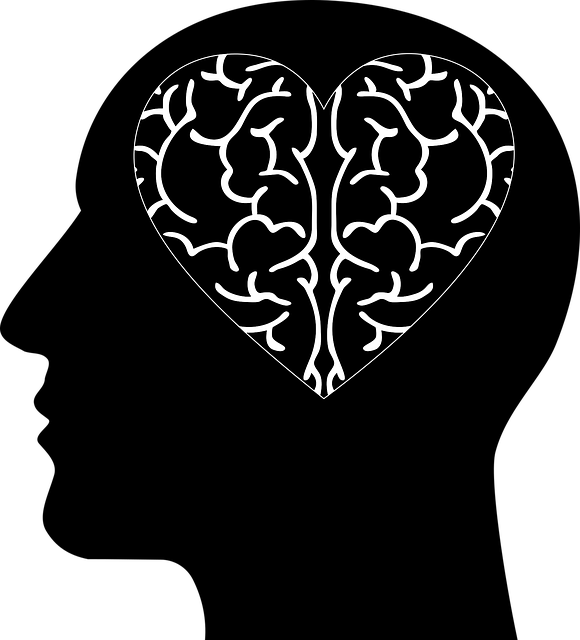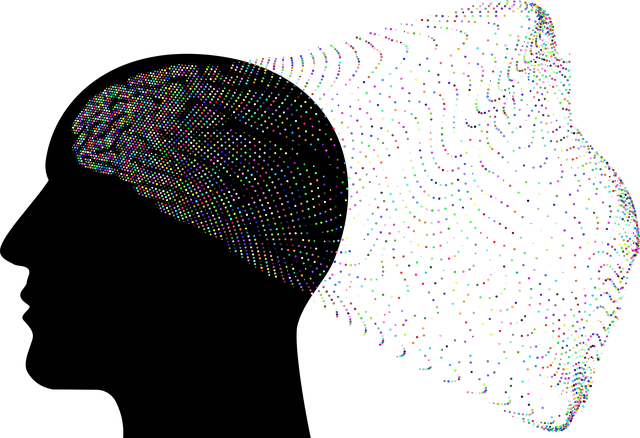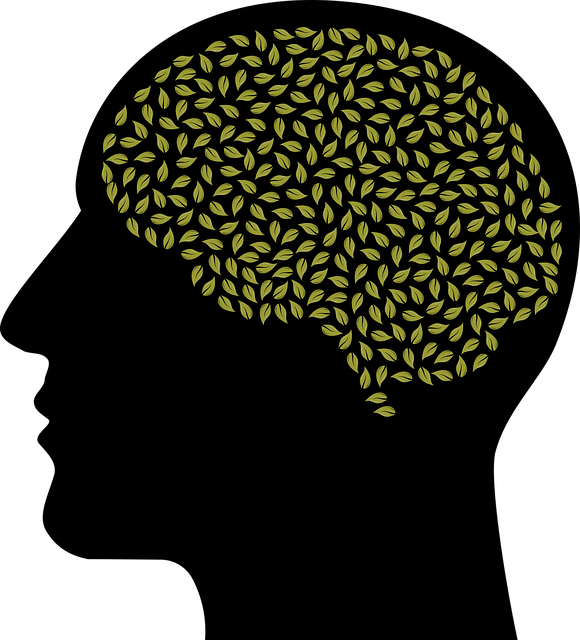Community outreach programs, led by Centennial EMDR Certified Therapy, navigate complex social landscapes to bring mental health services to underserved populations. Through observation and listening, they identify community needs like trauma healing or stress reduction. Strategic partnerships with local organizations expand reach and enable workshops on emotional regulation. Well-trained therapists, using evidence-based practices like EMDR, empower individuals with self-care tools and crisis intervention guidance. Ongoing therapist support and public awareness campaigns ensure high standards and community resilience. Evaluating program impact through attendance rates, feedback, and behavioral changes allows for continuous improvement, fostering mental well-being in diverse communities.
Community outreach programs play a vital role in extending mental health services to underserved populations. This article guides therapists in implementing effective initiatives, from understanding community dynamics and defining specific goals to building strategic partnerships with local organizations. Learn about best practices for program design, ensuring therapist training and support, and measuring impact through rigorous evaluation. Discover how Centennial EMDR Certified Therapy can lead to meaningful outcomes and enhance well-being on a community scale.
- Understanding Community Outreach: Defining Goals and Identifying Needs
- Building Partnerships: Collaborating with Local Organizations
- Designing Engaging Programs: Techniques for Effective Therapy Implementation
- Training and Supporting Therapists: Ensuring Quality Care
- Measuring Impact: Evaluating Success and Continuous Improvement
Understanding Community Outreach: Defining Goals and Identifying Needs

Community outreach programs play a pivotal role in bridging the gap between mental health services and those who need them most. Understanding the dynamics of any given community is crucial to defining goals and identifying needs effectively. This initial step, akin to navigating a labyrinth, involves careful observation and deep listening to unearth the unique challenges and opportunities within each community. For instance, a Centennial EMDR Certified Therapy program might focus on trauma healing in underserved populations, fostering resilience through targeted interventions.
Defining specific objectives, such as increasing access to mental health resources or promoting self-care practices, is essential. This strategic approach ensures that efforts are tailored to address identified needs, be it implementing risk management planning for mental health professionals or integrating holistic methods like resilience building. By aligning initiatives with the community’s landscape, these programs can create lasting change and positively impact the well-being of individuals and families.
Building Partnerships: Collaborating with Local Organizations

Building strategic partnerships with local organizations is a key aspect of successful community outreach programs. By collaborating with entities such as schools, community centers, and mental health non-profits, Centennial EMDR Certified Therapy can expand its reach and impact. These partnerships allow for shared resources, expertise, and networks, enabling more comprehensive support for the community’s mental well-being. For instance, joint initiatives could include workshops on emotional regulation, stress reduction methods, or risk management planning for mental health professionals, ultimately enhancing the overall resilience of the local population.
Engaging with like-minded organizations offers an opportunity to co-create innovative programs tailored to the specific needs of the community. Through these partnerships, Centennial EMDR Certified Therapy can ensure its services are accessible and integrated into the social fabric, fostering a more supportive environment for mental health awareness and care.
Designing Engaging Programs: Techniques for Effective Therapy Implementation

Designing engaging community outreach programs that incorporate Centennial EMDR Certified Therapy can significantly enhance mental health support within diverse populations. Effective therapy implementation requires a tailored approach, focusing on techniques that foster connection and trust among participants. One proven strategy is integrating self-care practices into program curricula, empowering individuals to manage their mood and navigate potential crises with resilience.
These programs should offer interactive sessions that address common challenges while providing practical tools for emotional well-being. Crisis intervention guidance plays a vital role in these initiatives, ensuring participants have access to immediate support during vulnerable moments. By combining evidence-based therapies like EMDR with engaging activities, community outreach can revolutionize mental healthcare accessibility and positively impact the lives of those seeking assistance.
Training and Supporting Therapists: Ensuring Quality Care

Effective community outreach programs, such as those offering Centennial EMDR Certified Therapy, rely heavily on well-trained and supported therapists. Ensuring quality care begins with comprehensive training that equips practitioners with the latest techniques in evidence-based therapies, like EMDR (Eye Movement Desensitization and Reprocessing). This specialized training is crucial for addressing various mental health concerns, particularly post-traumatic stress disorder (PTSD).
To maintain high standards, ongoing support mechanisms must be in place. This includes regular supervision, peer collaboration, and access to resources that foster continuous learning. By prioritizing therapist development, including stress management strategies and positive thinking techniques, community outreach programs can ultimately enhance the quality of care provided. Moreover, public awareness campaigns development within these initiatives ensures that individuals in need are educated about available resources, fostering a more supportive and resilient community.
Measuring Impact: Evaluating Success and Continuous Improvement

Evaluating the impact of community outreach programs is an essential step to ensure their long-term success and effectiveness. This process involves a systematic approach to measure the reach, engagement, and outcomes of the initiatives implemented. By utilizing various assessment tools and techniques, organizations can gain valuable insights into the program’s overall performance. For instance, tracking attendance rates, participant feedback, and behavioral changes can highlight areas of improvement and reinforce what works best.
In the context of Centennial EMDR Certified Therapy, these evaluation methods play a pivotal role in refining the programs offered. By measuring the success of initiatives aimed at Anxiety Relief, Mental Wellness Coaching Programs Development, and Social Skills Training, therapists and organizers can adapt their strategies accordingly. Continuous improvement is key to fostering positive change, ensuring that resources are allocated effectively, and ultimately enhancing the well-being of the community.
Community outreach programs, powered by dedicated professionals like Centennial EMDR Certified Therapists, can significantly enhance mental health support. By understanding local needs, building strategic partnerships, and implementing engaging therapies, these initiatives ensure quality care. Continuous evaluation and improvement based on measured impact are key to sustaining success. This holistic approach not only benefits individuals but also strengthens the overall community’s resilience and well-being.
